Operating at the intersection of technology and biology, Neri Oxman is calling for a fundamental shift in the way we design and construct the built environment.


Operating at the intersection of technology and biology, Neri Oxman is calling for a fundamental shift in the way we design and construct the built environment.
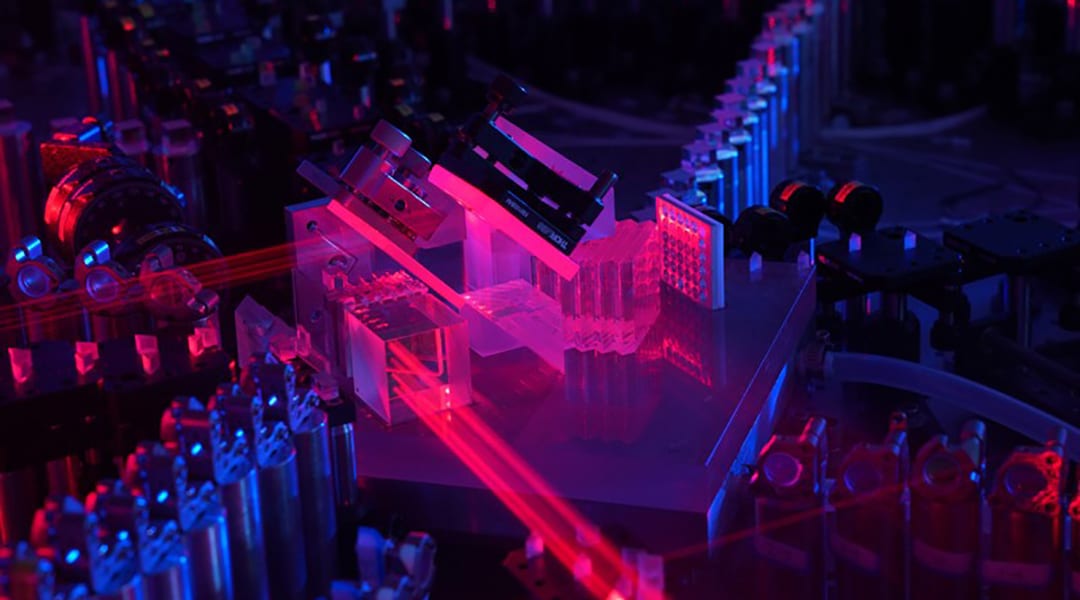
The quantum computer named Jiuzhang was able to complete a task 100 trillion times faster than one of the world’s fastest super computers.
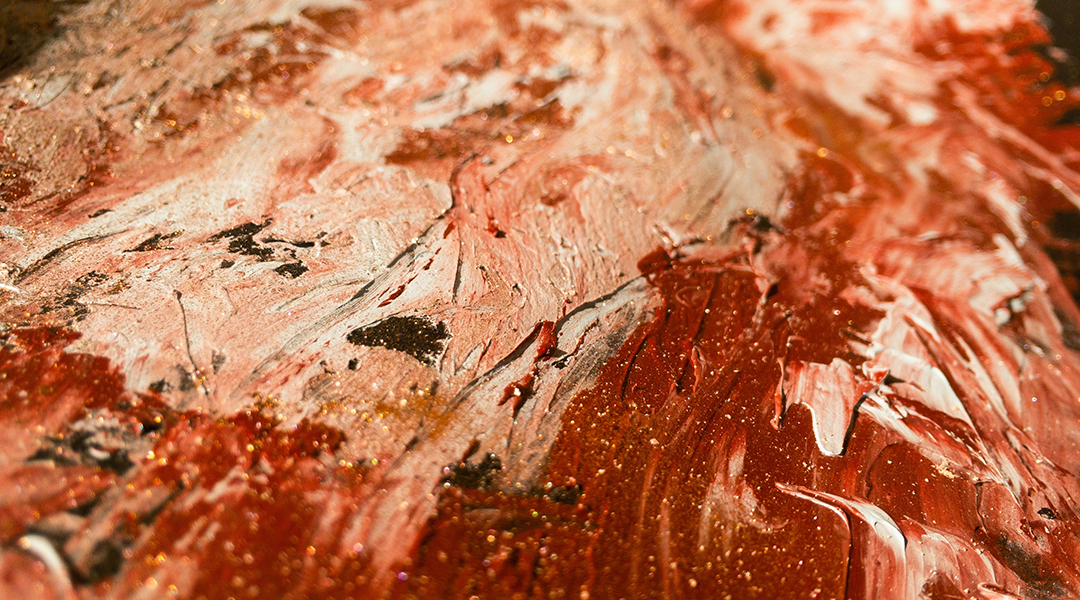
Solid-state physicists and materials chemists are now in excellent “shape” to expand and accelerate their explorations of the science of topological materials for a wide range of possible applications.

There is more to materials discovery than just discovery! Will robots outperform humans in reproducibility too?
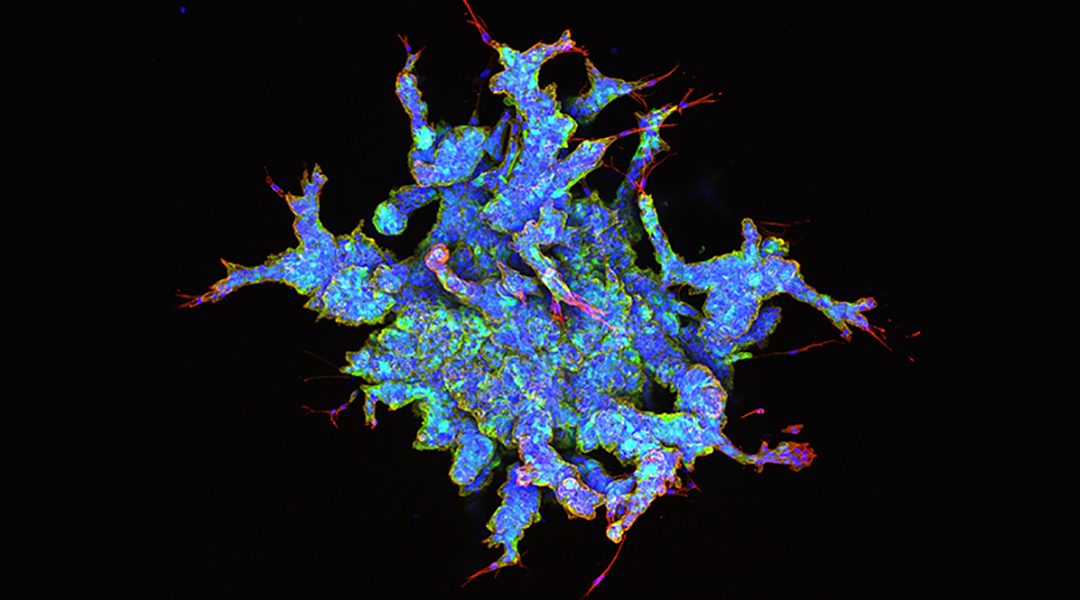
Here, we take a look at some of the most intriguing scientific images published in June 2020.

Taking a look at the past, present, and future of combinatorial chemistry in materials research.
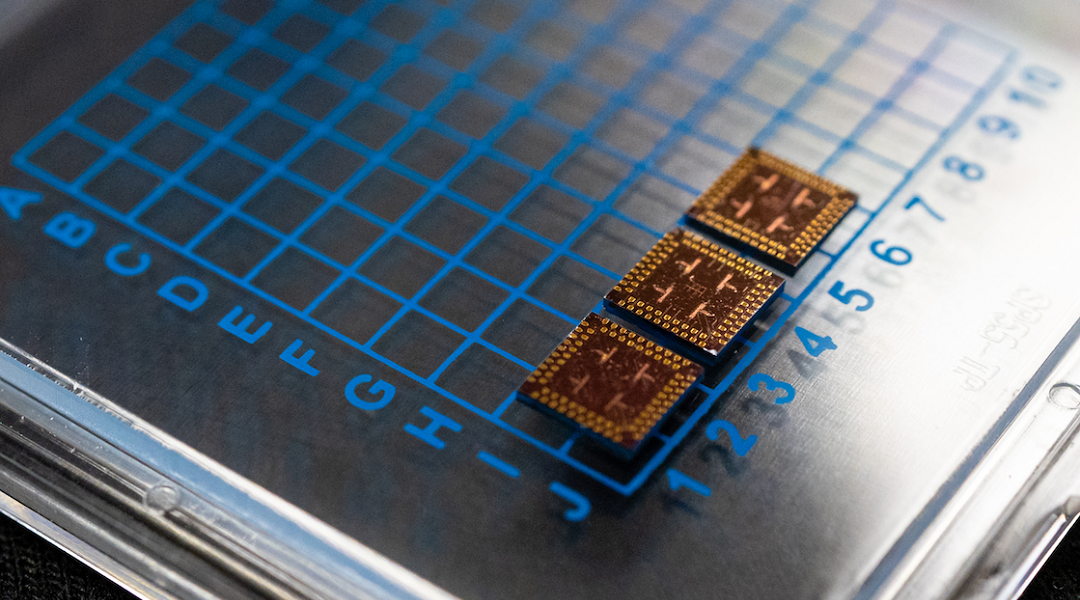
Scientists developed cryogenic memory cells that could be orders of magnitude faster than existing memories while consuming very little power.
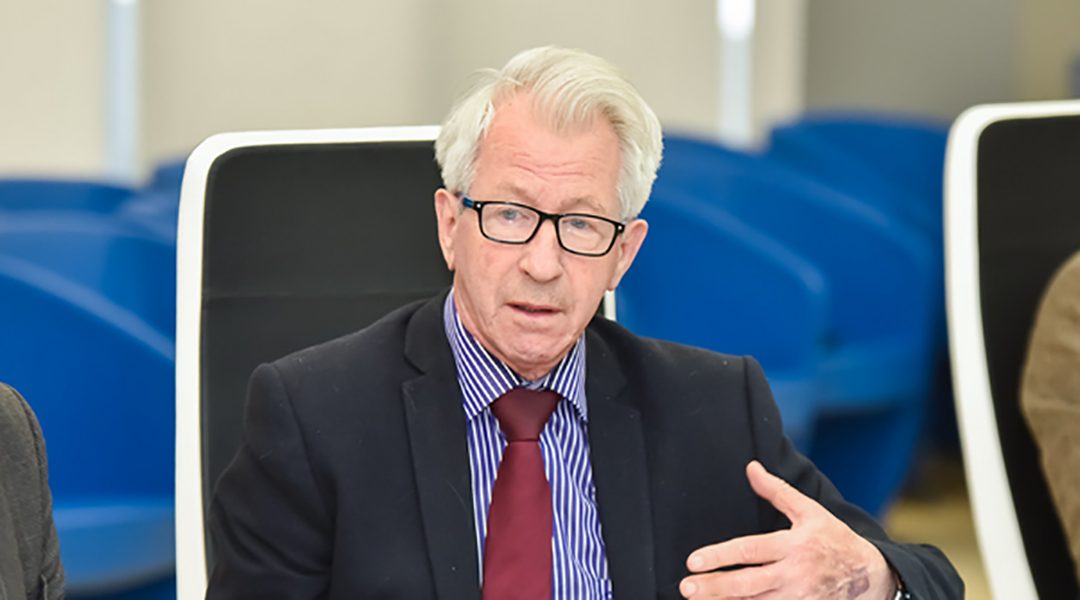
Professor Elazar Gutmanas October 1939 - October 2019 On 26 October 2019, the materials research community was shaken by the sad news that Emeritus Professor Elazar Gutmanas succumbed to severe injuries inflicted by a tragic accident during an experiment he was...

Strong light-matter coupling is a new tool to mold chemical reactivity and material properties that intertwine material science and quantum mechanics.

A theoretical study of electronic transport in a hybrid junction consisting of an excitonic insulator sandwiched between a normal and a superconducting electrode.